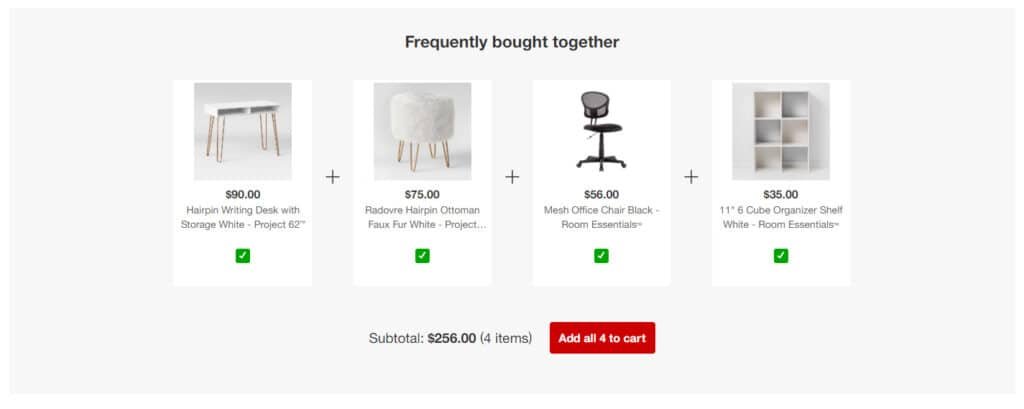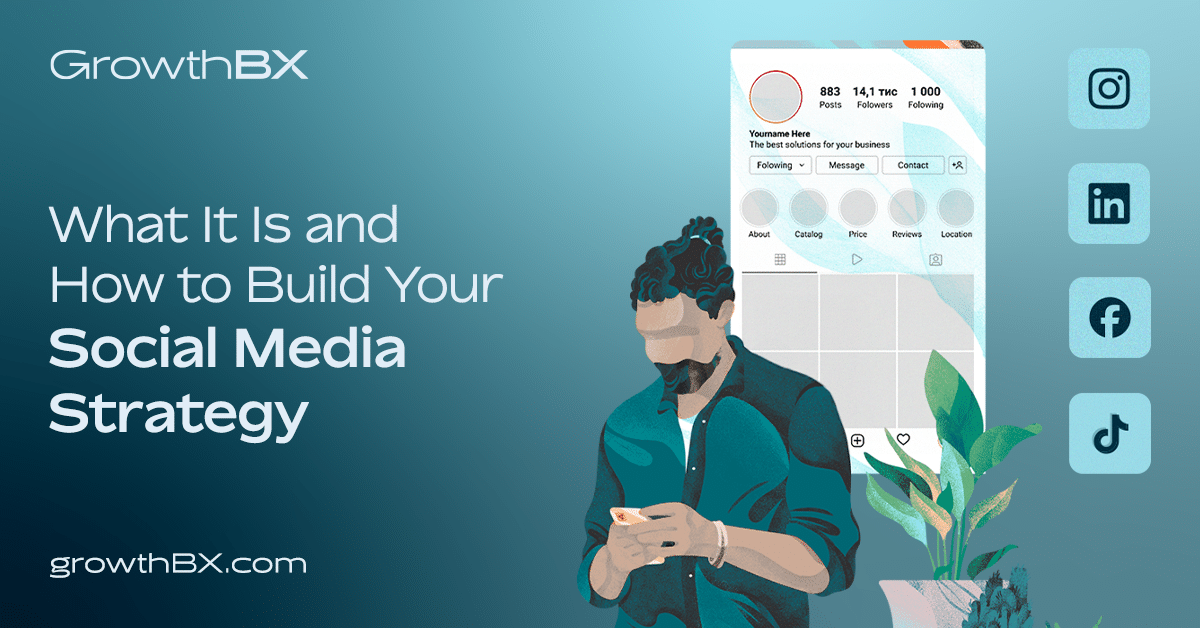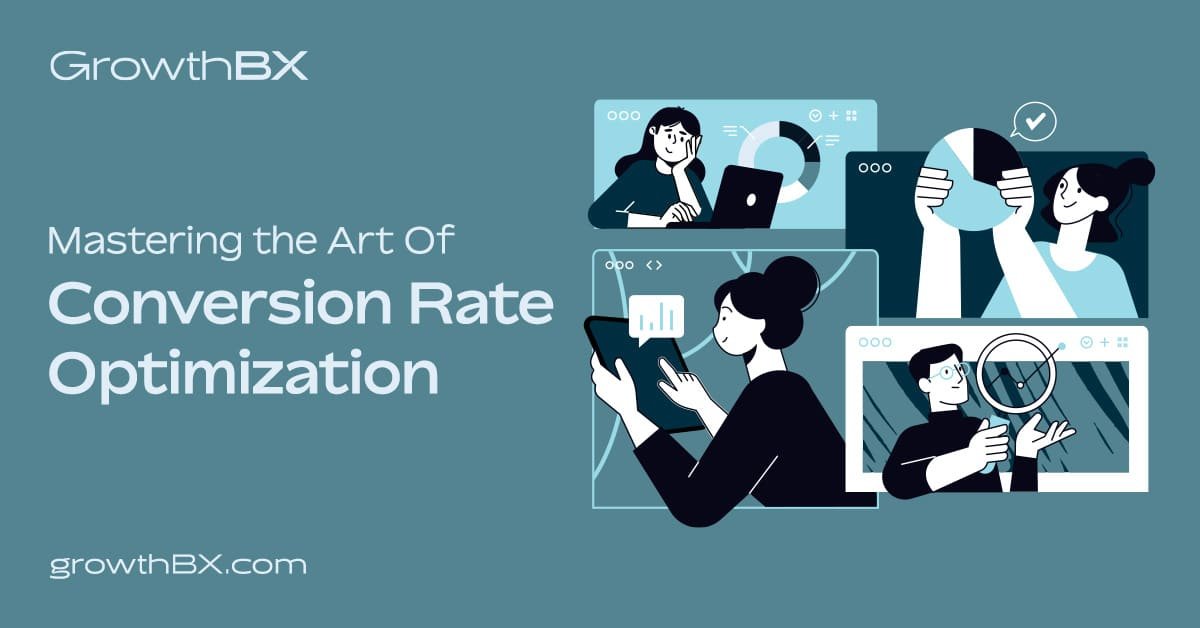In the current digital era, personalized experiences have transitioned from a luxury to a baseline expectation for consumers across all digital platforms. Notably, a significant 62% of shoppers feel that many brands still lag in customizing their digital experiences. Industry behemoths like Amazon have been at the forefront, harnessing advanced personalization methods, establishing a benchmark for others in the e-commerce realm. Against this background, mastering e-commerce personalization emerges as a critical differentiator for businesses striving to create meaningful connections with their target audience.
This comprehensive article will walk you through:
Understanding E-commerce Personalization
E-commerce personalization can be described as the art and science of tailoring online shopping experiences for individual users. This involves dynamically presenting content, suggesting products rooted in past user interactions, and crafting offers that align with user behaviors, preferences, and past shopping patterns. A study conducted by HubSpot unveiled that Call-to-Actions (CTAs) tailored for specific users boasted a 202% higher conversion rate compared to generic ones. Additionally, it’s noteworthy to mention that approximately 70% of consumers are inclined to spend more with businesses that present a fluid, personalized shopping journey.
The overarching intent behind e-commerce personalization is to bolster customer satisfaction and loyalty, thereby driving sales and cultivating enduring relationships. A survey by Econsultancy and Google highlighted that 90% of top-tier marketers believe personalization plays a pivotal role in enhancing business profitability.
90% of leading marketers say personalization significantly contributes to business profitability.
Econsultancy and Google, Marketing and Measurement Survey, n=514, marketing and measurement executives at North American companies with over $250M in revenues, March 2017.
Need to delve deeper? Chat with the GrowthBX team for insights.
Key Benefits of E-commerce Personalization
1. Enhanced Customer Experience
Tailoring the shopping journey based on individual needs and tastes guarantees a lasting impression. A report from Shopify underscores that today, 63% of consumers perceive personalization as a standard service offering. Examples like Amazon’s nuanced recommendation engine and Netflix’s “Continue Watching” feature epitomize the success and impact of apt personalization.

61% of consumers expect brands to provide personalized experiences.
Think with Google
2. Improved Conversion Rates
Displaying products and offers that resonate with users’ inclinations can expedite purchase decisions. Google’s in-depth research showcases that a whopping 91% of market leaders are directing their efforts towards personalizing their advertising, given its profound effect on conversion rates.
3. Higher Average Order Value (AOV)
Techniques like upselling and cross-selling can subtly guide users to add more items to their shopping carts. A study from Monetate reveals that brands can witness an upsurge of up to 12% in AOV when they craft a personalized customer journey.
4. Strengthened Customer Loyalty
Regular and relevant engagements can lay the foundation for unwavering brand loyalty. HubSpot’s research indicates that a staggering 80% of regular shoppers exhibit a preference for brands that personalize their shopping experience.
Keen to harness these benefits? Engage with GrowthBX today.
Effective E-commerce Personalization Strategies
A blend of innovation and data-backed strategies can pave the way for effective personalization. Here are actionable tactics, each fortified by real-world instances and empirical data:
1. Leverage Intelligent Product-Detail Page Recommendations
In the e-commerce ecosystem, the product page serves as a pivotal touchpoint for customers. By leveraging intelligent recommendations, businesses can showcase complementary or premium products directly on these pages, enhancing the shopping journey. Take the example of Pura Vida, a brand that has adeptly woven this strategy into their platform, displaying related products that align with a buyer’s interest. By employing dynamic upselling and cross-selling techniques, brands can not only enrich the user experience but also amplify conversions and escalate the average cart value.

2. Show Continuous Shopping for Returning Customers
In the world of content streaming, features like Netflix’s “Continue Watching” have revolutionized user engagement. Applying a similar philosophy to e-commerce, introducing a “Continue Shopping” feature can be transformative. It ensures returning customers can seamlessly resume their browsing or shopping experience, eliminating the need to rediscover products or offers they were previously exploring. Such thoughtful integrations heighten user experience and can significantly boost sales by reducing decision-making fatigue.
3. Create Personalized Bestseller Lists to Drive Click-Throughs
There’s inherent value in showcasing what’s popular; it offers social proof and drives trust. By curating personalized bestseller lists, brands can offer insights into trending products tailored to user preferences. Campus Protein, for instance, witnessed a remarkable uptick in conversions by spotlighting their top-selling products. These lists can be further customized based on parameters like user reviews, sales metrics, or even geographic location to ensure maximum relevance.

4. Integrate User-Generated Content Across Your Funnel
In today’s digital age, authenticity is currency. User-generated content (UGC) serves as a beacon of genuineness amidst orchestrated marketing messages. By integrating UGC – be it reviews, photos, or testimonials – brands like SeaVees offer potential customers a transparent and authentic view of their products. Such content not only builds trust but also fosters a sense of community, further enhancing brand loyalty.
5. Retarget In-Session Based on Behavioral Triggers
User behavior offers invaluable insights into their interests and intent. Deploying in-session retargeting strategies, like engaging pop-ups or prompts based on real-time user actions, can lead to more meaningful interactions. For example, Colourpop, a cosmetics brand, effectively uses pop-ups to engage first-time visitors, offering incentives or information that nudges them towards a purchase.
6. Time Social Retargeting with Smart Recommendations
The digital footprints users leave behind are goldmines for retargeting. By pairing granulated retargeting techniques with astute product recommendations, brands can re-engage users even after they’ve exited a platform. BOOM! By Cindy Joseph stands out in this domain, crafting retargeted ads that not only remind customers of products they showed interest in but also underline the brand’s unique selling points.
7. Blend Automation with Personalization in Emails and SMS
Automation, when done right, can emulate a brand’s personal touch. Through tailored emails and SMS, brands can maintain a continuous dialogue with their customers. Whether it’s reminding them of a forgotten cart, seeking feedback post-purchase, or offering personalized deals, every communication is an opportunity to reinforce brand values and drive engagement. Brands like American Giant and ergoPouch have mastered this art, using automated yet bespoke messages to keep their clientele engaged and invested.

Excited to integrate these strategies into your business? Collaborate with GrowthBX.
Build a Robust E-commerce Personalization Strategy Today
It’s evident that e-commerce personalization has significantly shifted consumers’ retail expectations. Generic marketing strategies no longer cut it; every interaction must be bespoke and memorable. With platforms like Shopify Plus, brands can seamlessly integrate advanced marketing automations, personalized email campaigns, and effective retargeting strategies to delight their customers and achieve growth.







